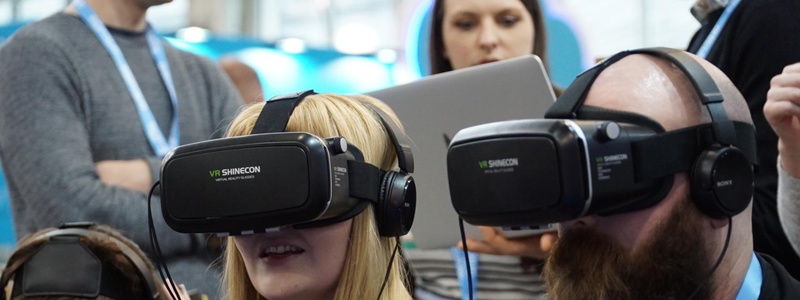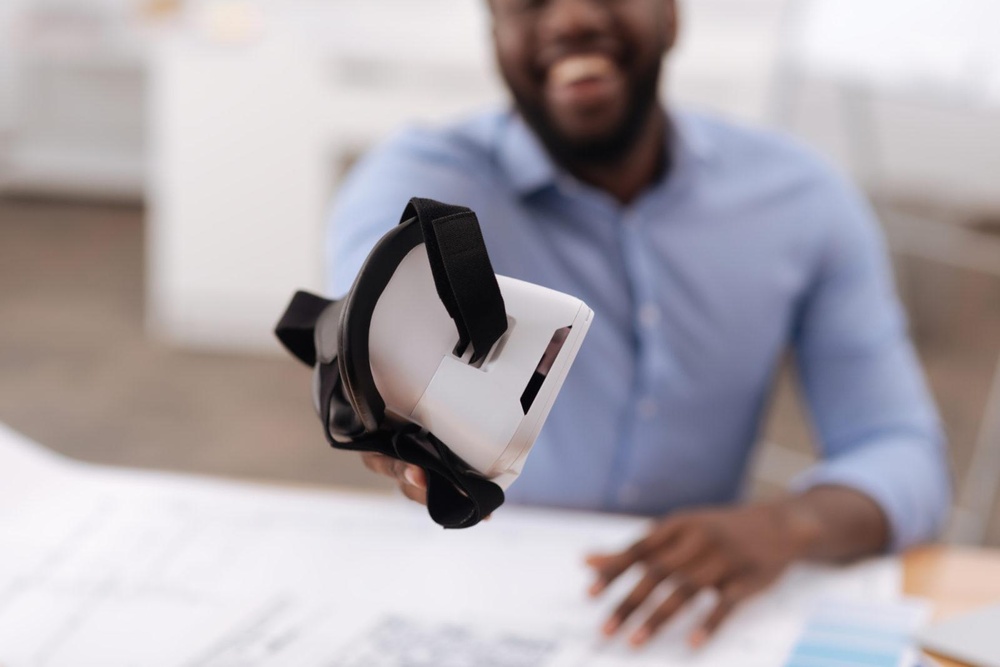Virtual reality outshines other L&D methods in pilot study

Our first pilot study into the use of virtual reality (VR) for workplace learning suggests that yes, we should believe the hype. Participants found VR to be significantly more enjoyable, significantly easier to concentrate on and provided greater learning satisfaction than the other popular digital learning methods used in the study.
The research compared mobile VR delivered using smartphones and headsets, a four-page online PDF document and a gamified elearning interaction.
The VR learning was successful for teaching observational skills and decision-making and the results demonstrated that VR is at least as effective as the other learning methods in terms of knowledge acquisition and retention – and may even be more effective. VR also yielded high ratings on confidence to apply the learning.

Kate Pasterfield, Head of Innovation at Sponge, led the study following a year-long project to create new learning applications for the workplace using VR.
“The results are exciting and suggest there is substance in the hype around VR for learning,” said Kate. “Our results revealed that participants found VR significantly more enjoyable, significantly easier to concentrate on and found it provided greater learning satisfaction. The evidence also indicates that mobile VR is at least as effective for learning, in terms of knowledge acquisition and retention, as the other popular learning methods in the study.”
Kate goes on to stress the importance of further research into the use of VR for learning: “We’ve only just scratched the surface of VR’s potential for learning. Our explorative study is the start and we plan to conduct more research to help us fully understand the role that VR can play in delivering better workplace performance. “
The content used in the study was compliance training for UK charity fundraisers, whose job is to recruit donors on the street. “We’ve only just scratched the surface of VR’s potential for learning." Said Kate Pasterfield, Head of Innovation at Sponge.
Thirty-two participants, with an average age of 24, were split into three groups and randomly assigned to a learning method. There were pre and post-learning surveys and a learning retention follow-up survey a month later.
The key area where VR stood out was for learner reaction in the areas of enjoyment, concentration and learner satisfaction, where there were statistically significant differences between the three methods. In all three areas, VR ranked highest, with the game second and the PDF third. VR was also top for knowledge acquisition, recording marginally better results than the game and the PDF.
Knowledge retention was measured a month later with a 10 question quiz about the learning objectives. Based on the results on average, only the VR learners would have passed at an 80% pass rate, one month later.
“Providing evidence is an important step in strengthening the case for using VR in learning and this is something we’re committed to doing at Sponge,” explains Kate Pasterfield. “In parallel with creating new VR solutions for the workplace, we’ll be continuing to carry out new research into all our innovations. For organisations considering VR, I’d recommend partnering with us to better understand the ability of VR to drive better learning and performance in the workplace.”